Paris: The Ultimate City-Break Guide
There are cities you visit, and then there are cities that visit you, long before you ever set foot on their cobbled streets. For me, and for so many others, Paris was just such a place. It was a city I knew from black-and-white films.
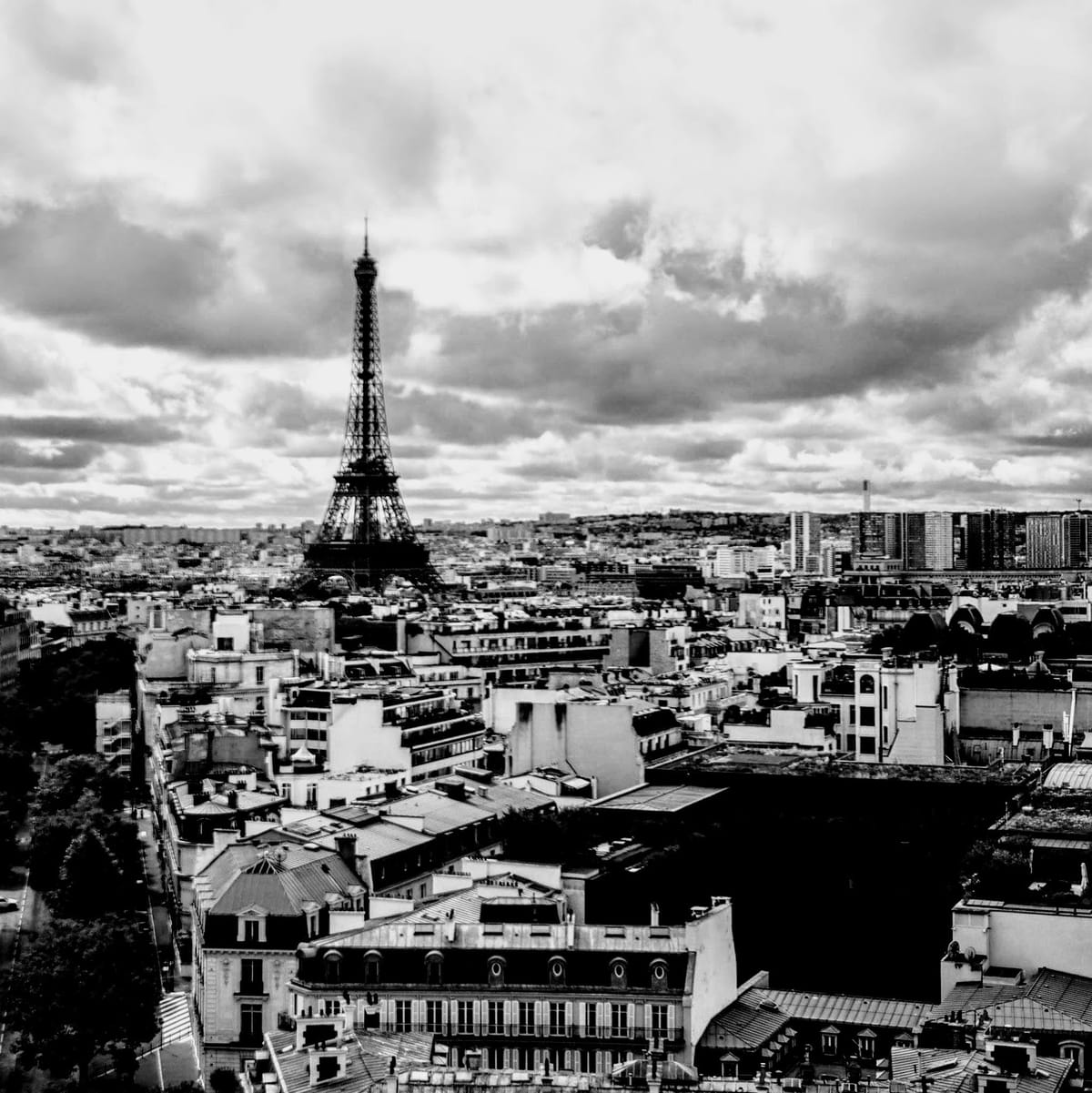
This marks the very first post on our new city break travel blog, and it feels fitting to start with a city that is, for many, the beginning of their love affair with travel. This isn't just another checklist of Parisian landmarks. It's a personal and practical guide forged from our own first-time experience, a blend of hitting the unmissable highlights, uncovering quieter local gems, and navigating it all with a savvy traveler's mindset. Our goal is to help you unlock Paris for yourself, whether you have a weekend or a week.
Paris’s skyline is dominated by the Eiffel Tower, a 330-meter iron lattice tower built for the 1889 World’s Fair. Completed in 1889, it remains the symbol of Paris. Today nearly 6 million people climb or visit it each year. On my first evening I strolled the Trocadéro plaza for a classic view of the Tower – at night its glittering lights make for an unforgettable introduction to the city. From this perch one feels the pulse of Paris.
Equally iconic is the Louvre Museum on the Right Bank. The Louvre is the largest art museum in the world (housing over 35,000 works on display) and in 2024 welcomed about 8.7 million visitors. It is home to world-famous masterpieces like the Mona Lisa and Venus de Milo. (Tip: consider buying the Paris Museum Pass if you plan multiple visits - a 2-day pass costs €52, giving access to 70+ museums.) Nearby you can walk through the adjacent Tuileries Garden for free.
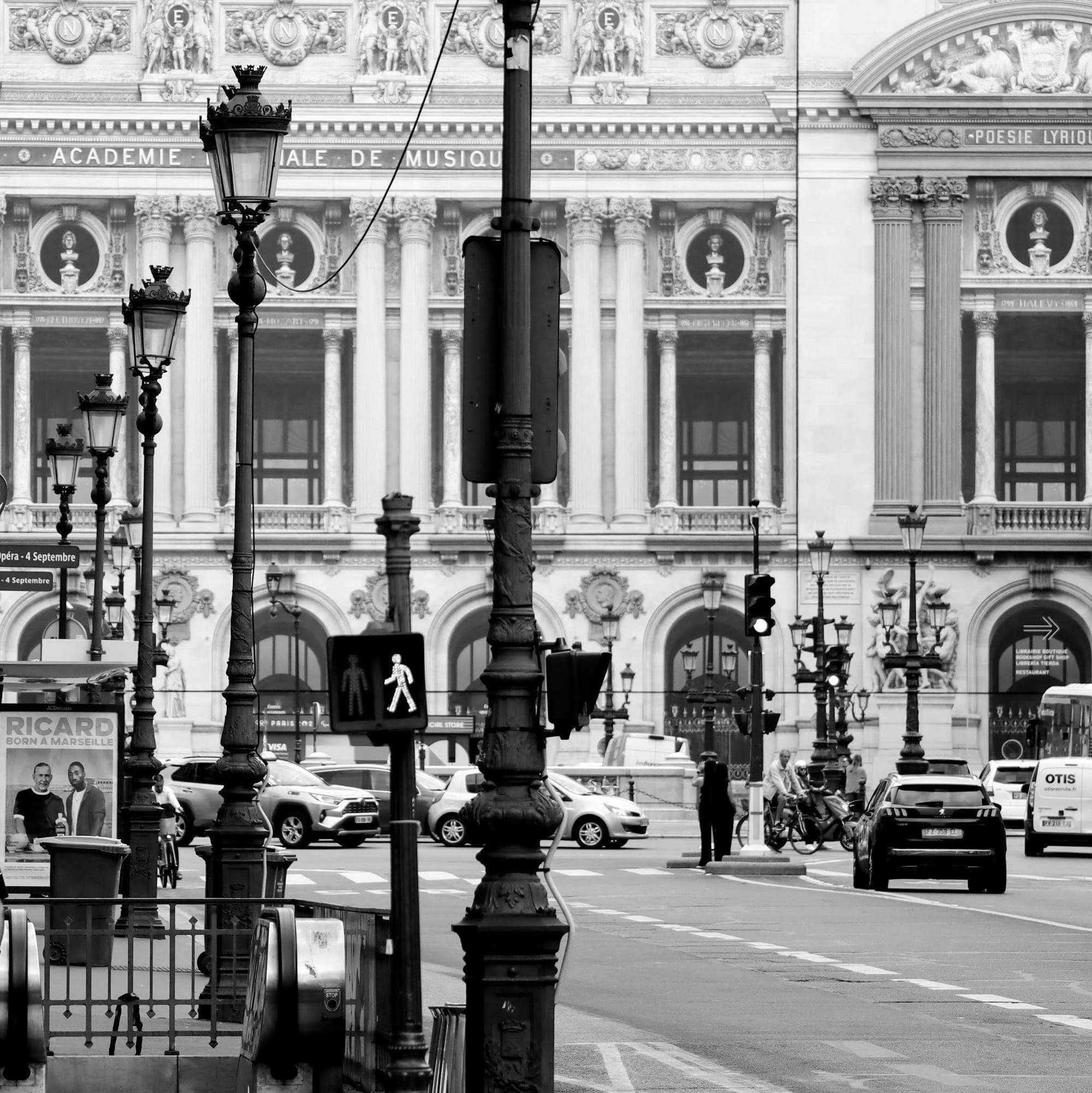
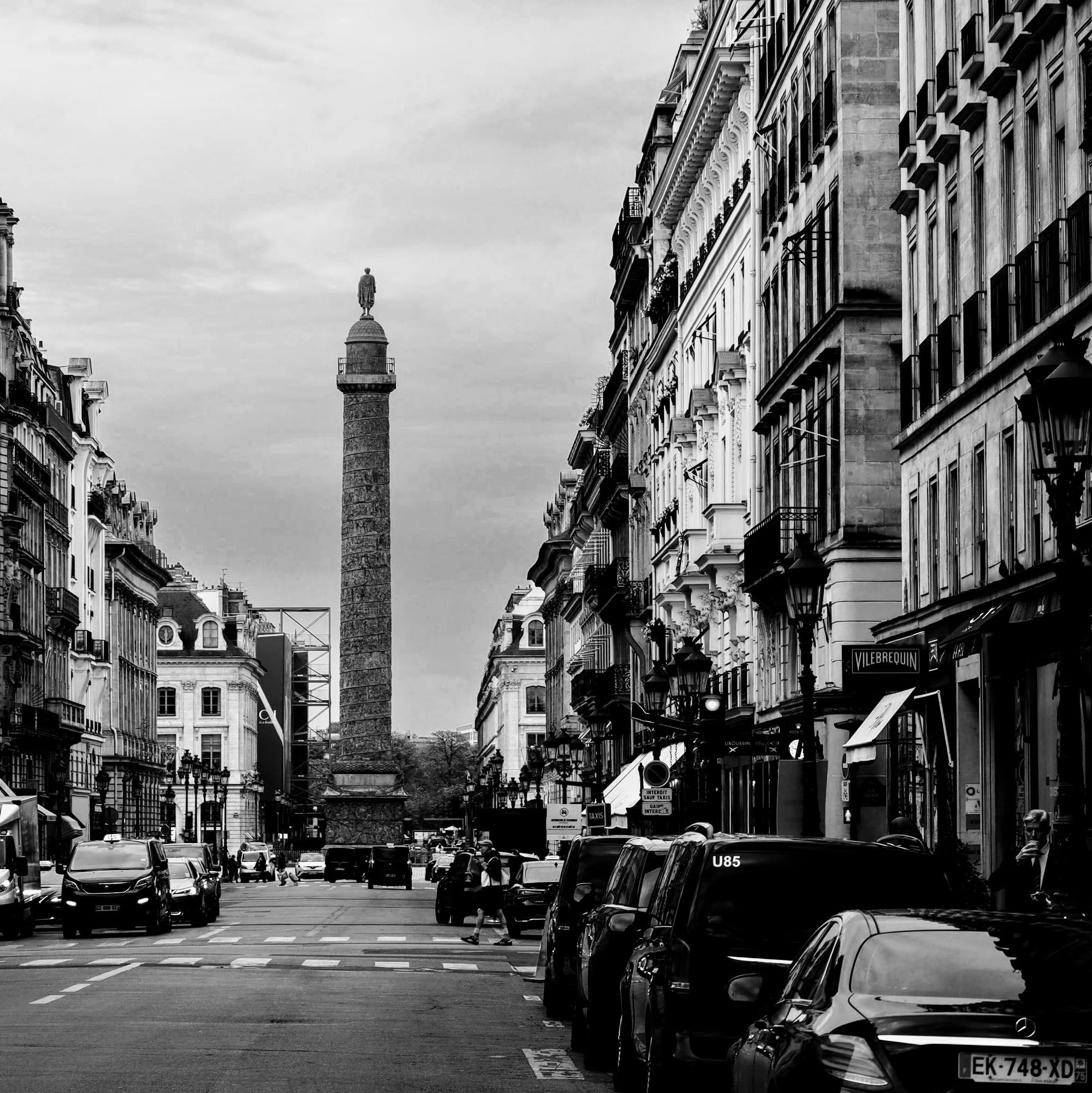
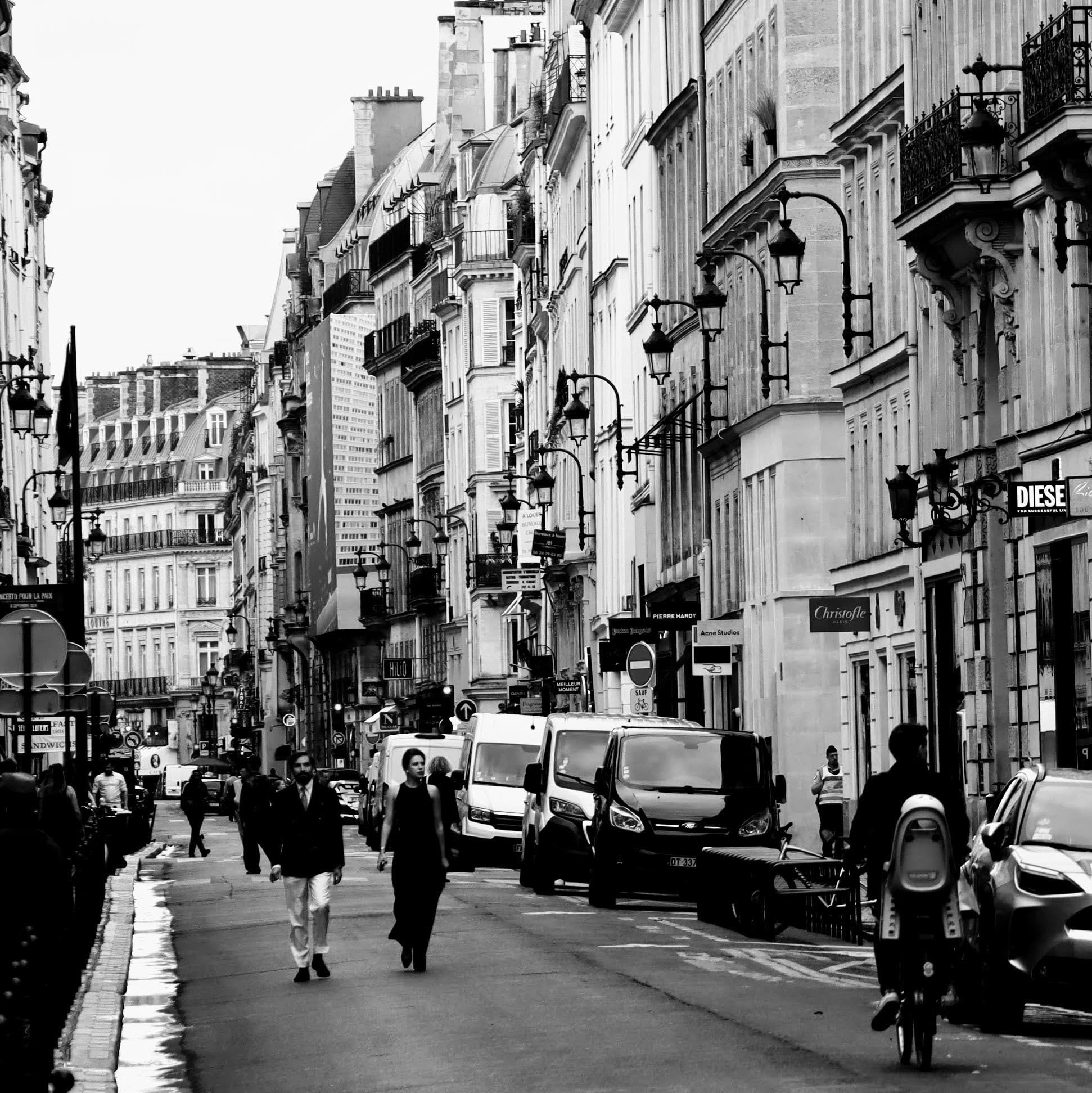
Must-See Highlights
- Eiffel Tower – As noted, this 19th-century landmark defines the city. Visiting the summit costs (about €25), but there are cheap alternatives: many Parisians head to the Galleries Lafayette department store rooftop for a free skyline view, or simply admire the Tower from street level or from Montparnasse Tower (also with a pay viewing deck).
Important tip: If you want to reach the summit, you’ll need to reserve online in advance - spots fill up quickly and same-day tickets often sell out. - Louvre & Palais Royal – The palace and gardens are free to admire (only enter through the Pyramid entrance with a ticket). Wander the vast halls of the Louvre to see the Mona Lisa and Venus de Milo, or simply enjoy the palace courtyard. (Note: the Louvre is free for EU visitors under 26 all year and free for everyone on the first Sunday of each month)
- Notre-Dame Cathedral – Though badly damaged by fire in 2019, the cathedral’s exterior and surrounding Île de la Cité are still must-visits. As of late 2024 Notre-Dame has been fully restored and reopened to the public. You can walk around and view its famous facade, and nearby visit the historic Sainte-Chapelle with its unrivaled stained glass (free on the first Sunday of each month).
Pro tip: Timed-entry reservations are now required to access the interior - booking several days in advance is highly recommended, as entry slots are limited and sell out fast. - Sacré-Cœur, Montmartre – Climb up to the white basilica atop Montmartre hill for the best free panoramic view of Paris. The steps and hillside park are a favorite sunset spot. Inside the church is free (though donations are encouraged). In the surrounding Montmartre neighborhood you’ll find winding cobblestone streets, artists’ studios, and lively cafés - a great contrast to the grand avenues elsewhere.
- Arc de Triomphe & Champs-Élysées – Atop the western end of the Champs-Élysées stands the Arc de Triomphe. For about €13 you can climb its 284 steps to view all of Paris (12 avenues radiate below, plus a view of the Eiffel Tower in the distance). Even without climbing, the Arc is impressive from below. Afterwards stroll or shop along the Champs-Élysées (though be aware it’s touristy and pricey).
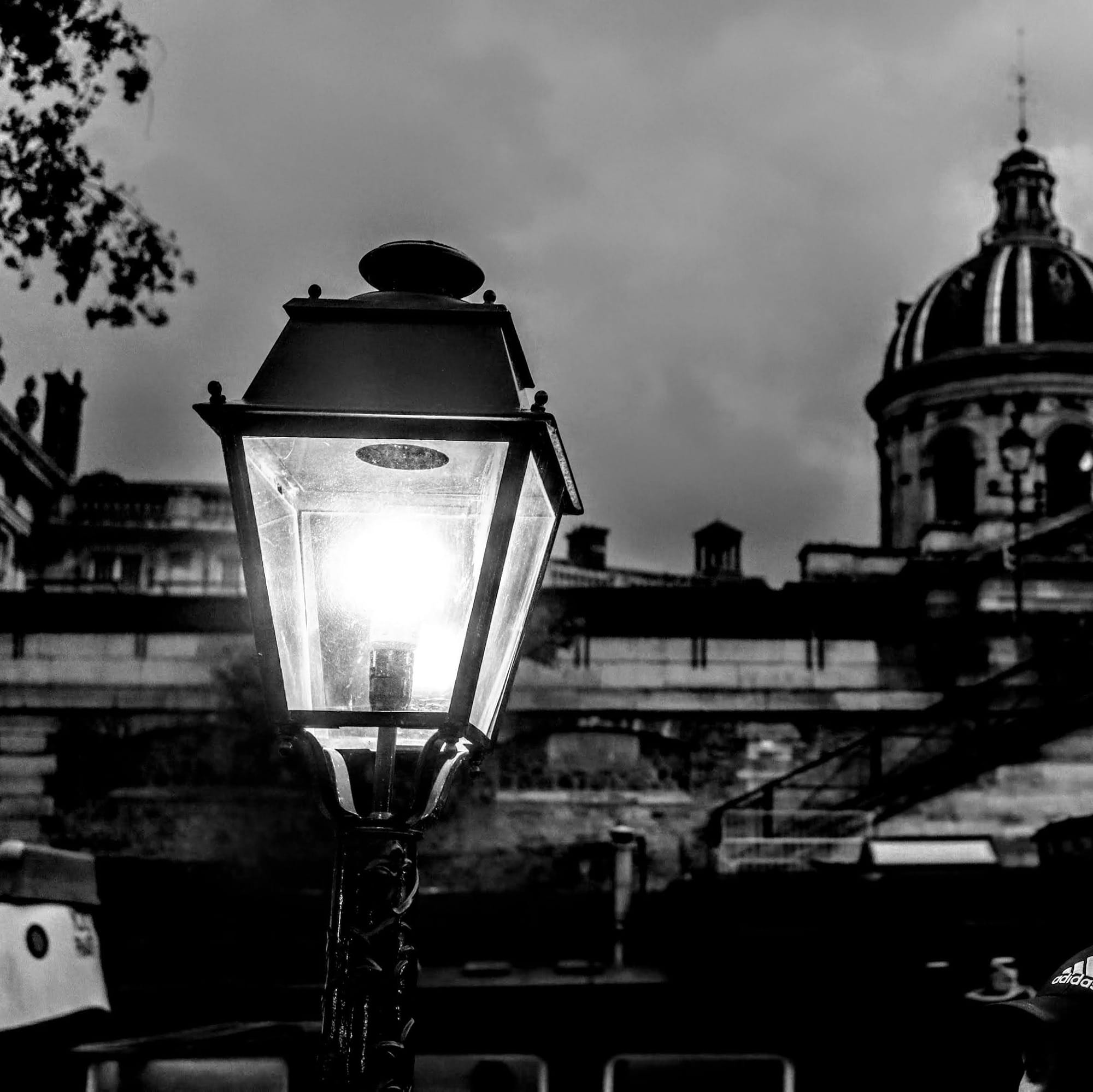
Hidden Gems
And offbeat finds
- Rue Mouffetard & Latin Quarter Markets – This lively market street near the Panthéon is packed with cafes, local produce vendors, cheese shops, and street musicians. It’s a charming place to wander on a weekend morning for a hyper-local Parisian feel.
- Musée Marmottan Monet – A treasure trove for art lovers tucked in the 16th arrondissement, this lesser-known museum houses a stunning collection of works by Claude Monet, including the iconic Impression, Sunrise, the painting that gave Impressionism its name. Quiet, peaceful, and rarely crowded, it's one of Paris’s best-kept cultural secrets.
- Bibliothèque Nationale de France (François-Mitterrand site) – A striking modern architectural complex and surprisingly serene place to visit. Entry is free and you can wander among the vast reading rooms, terraces, and surrounding esplanades. A perfect quiet escape from the city's bustle.
- Shakespeare and Company Bookshop – Tucked beside Notre-Dame, this legendary English-language bookstore doubles as a “Tumbleweed Hotel” for travelers. Under its founder’s motto “be kind to strangers” writers can actually sleep in the bookstore’s hidden bookcase beds in exchange for helping out a few hours a day and writing a short autobiography. (If you just drop in, look for rare books or enjoy free author readings on Sunday)
- Montmartre Cemetery – In the backstreets of Montmartre lies a secluded, tree-filled cemetery under Rue Caulaincourt. It’s the final resting place of artists like Degas, Zola, and Adolphe Sax, but its most charming feature is the horde of stray cats that lounge on tombs. This quiet, almost magical spot (“a horde of stray cats rule” as Atlas Obscura colorfully describes) is a peaceful break from the crowds.
- Père Lachaise Cemetery – Paris’s largest and most visited cemetery. Here you can walk among the ornate tombs of Jim Morrison, Oscar Wilde, Chopin, and many other famous figures. It’s a strangely moving experience and, unlike most paid attractions, completely free/ (Note: the first Sunday of each month also makes Père Lachaise and other national sites free, so plan ahead).
- Paris Catacombs – Under the city streets lies a spooky subterranean ossuary. These tunnels hold the bones of over 6 million Parisians from past centuries. It’s one of Paris’s creepiest and most fascinating attractions. (The line can be long, but guided tours or “skip-the-line” tickets are available for ~€14).
- Secret Eiffel Apartment – Even the Eiffel Tower has secrets. Atlas Obscura notes that Gustave Eiffel built himself a private apartment at the summit, reached by a hidden spiral staircase. Today it’s not generally open to visitors, but the legend adds a romantic, hidden dimension to this landmark.
- Galeries Lafayette Rooftop – For a free view of the skyline (including the Tower), head up to the rooftop terrace of the Galeries Lafayette department store on Boulevard Haussmann. Many tourists skip the expensive tower tickets, and your local guide (as in one travel account) may point you here instead – it’s an insider tip.
- Local Markets & Parks – Stroll the Le Marais district to find tiny art galleries and vintage boutiques off the beaten path. Seek out lesser-known markets like Marché d’Aligre for fresh cheese, bread, and wine (or Marché aux Puces de Saint-Ouen, Europe’s biggest flea market, on weekends). For green space, Jardins like Luxembourg or Buttes-Chaumont offer free relaxation; locals picnic and play pétanque under shaded trees.
Bonus: Paris by Theme
A smart way to plan your break is by interest:
Iconic Landmarks: Eiffel Tower, Notre-Dame, Montmartre, Arc de Triomphe, Tuileries Garden, La Défense Grande Arche
History Buffs: Panthéon, Hôtel des Invalides, Sainte-Chapelle, Conciergerie
Art Lovers: Louvre, Musée d'Orsay, Centre Pompidou (don’t miss the Brancusi Studio nearby), Musée Marmottan Monet
Walk & Wander: Rue Mouffetard, Montmartre, Canal Saint-Martin, Seine riverside, Île de la Cité
With Extra Time: Take a half-day trip to Versailles Palace or look for special events like the Olympic flame ceremony in summer, sometimes held in the Tuileries at night.
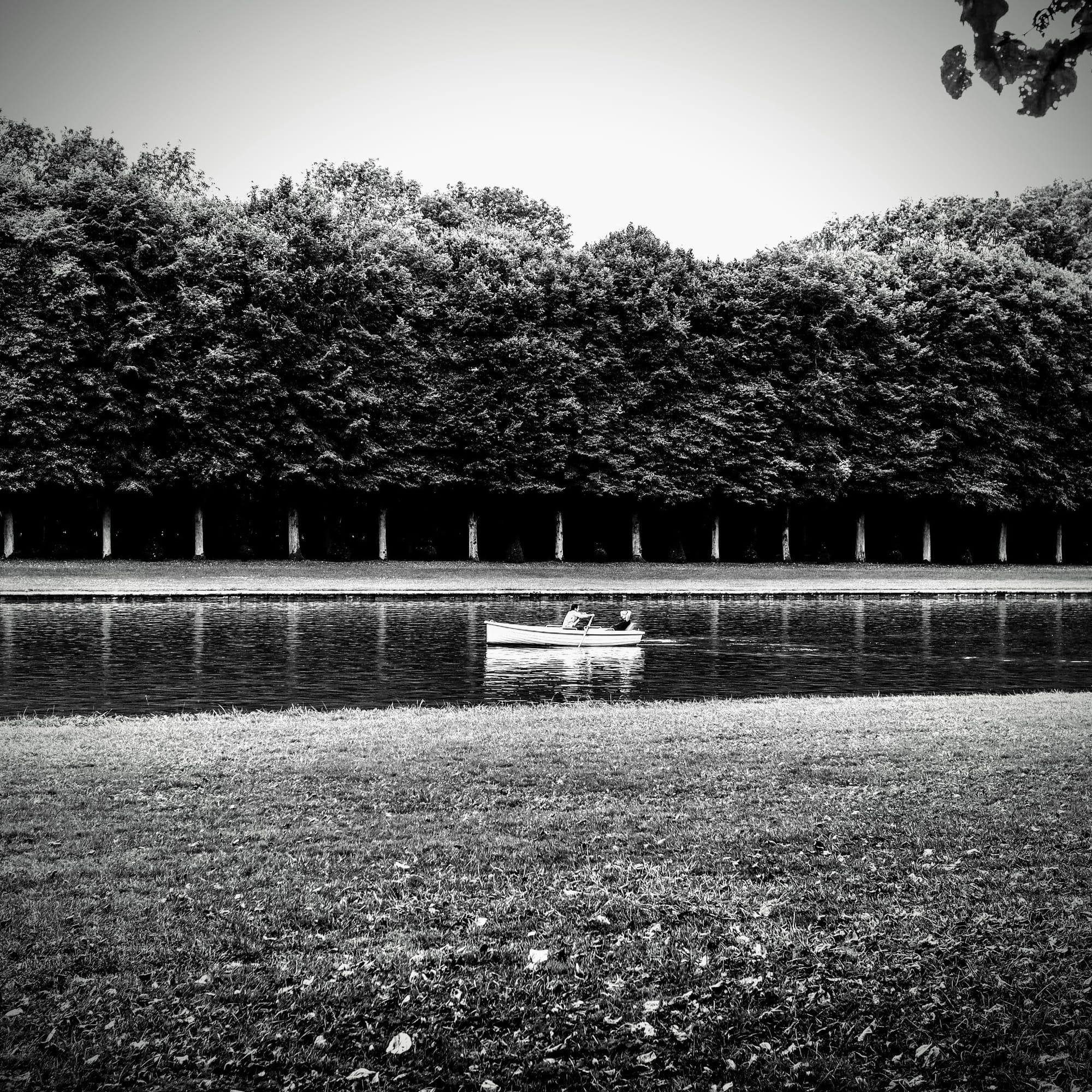
Getting around Paris
Paris has an excellent Metro/RER public transit system.
To save money, buy a pack of tickets (“carnet”) rather than single tickets – a booklet of 10 tickets costs about €15 (≈€1.50/ride) versus €2.15 each. Tourists staying 5+ days should consider a weekly pass (Navigo) or a Paris Visite day pass. Notably, many major attractions are concentrated in Zones 1–2, so one Navigo pass can cover unlimited travel and still be cheaper than taxi rides. Walking is also often fastest, and Paris’s compact center is very walkable.
Other travel hacks: Tap water is safe and free in Paris. Carry a reusable water bottle; restaurants will give you une carafe d’eau (free tap water) if you ask. Also, practice basic metro etiquette (keep bags in front, don’t block doors, say “pardon” when squeezing by) – Parisians appreciate politeness and it makes journeys smoother. And beware pickpockets, especially on crowded trains or at tourist hotspots (always secure your wallet and stay alert).
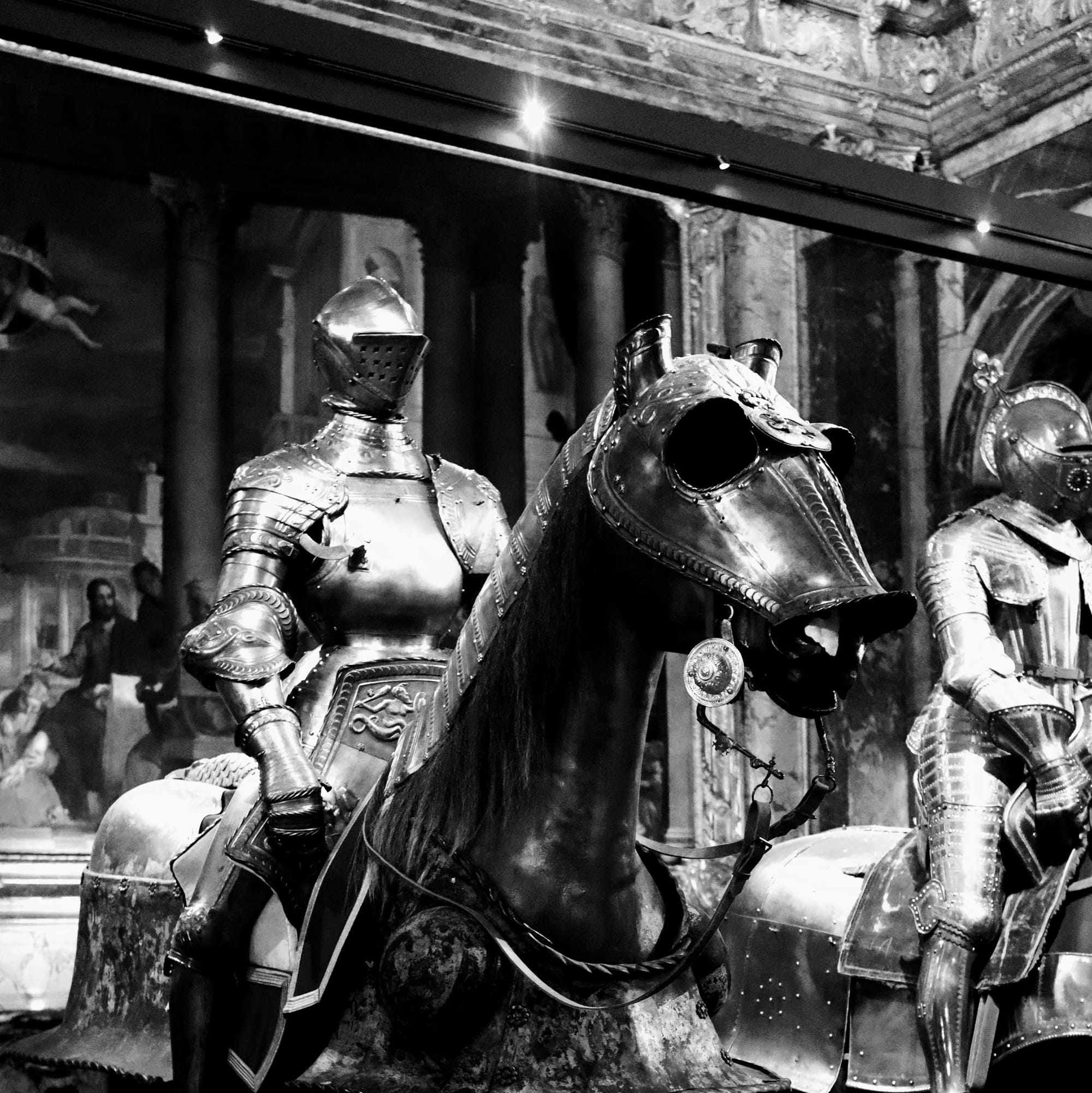
Budget Tips and Savings
Paris can be expensive, but many free or cheap options make a city break affordable
- Free Museums and Monuments: Many city-run museums (e.g. Carnavalet, Petit Palais, Maison de Victor Hugo) are always free. National museums like the Louvre, Orsay or Centre Pompidou are free on the first Sunday of each month (October–March). EU residents under 26 often get free entry year-round to national collections (Louvre is free for EU under-26s).
- Picnics & Street Food: Lunching al fresco saves a bundle. Many restaurants offer a fixed-price lunch menu (€10–20) that’s half the dinner price. Alternatively, grab a baguette, cheese and charcuterie from a market or supermarket and dine by the Seine or in the Tuileries Gardens. (I discovered that $1 croissants and cheap falafel stands in the Marais can satisfy hunger for just a few euros).
- Metro Carnets: As mentioned, buy a 10-pack of tickets (“carnet”) for ~€17 instead of single fares. If you plan lots of sightseeing, the ParisVisite travel card (unlimited rides) is €13.95/day and often worth it.
- Free City Events: Check local listings: in summer there are free events like Cinéma en Plein Air (outdoor movie) or Fête de la Musique (all-night music festival on June 21). These provide authentic local experiences at no cost.
- Happy Hours and Picnic-Style Meals: Drinks and dining out are pricey, so consider happy-hour specials or wine bars for a glass of wine (usually €5–7) rather than cocktails. Also, take advantage of bakeries and patisseries – a fresh pastry or sandwich is often only a few euros.
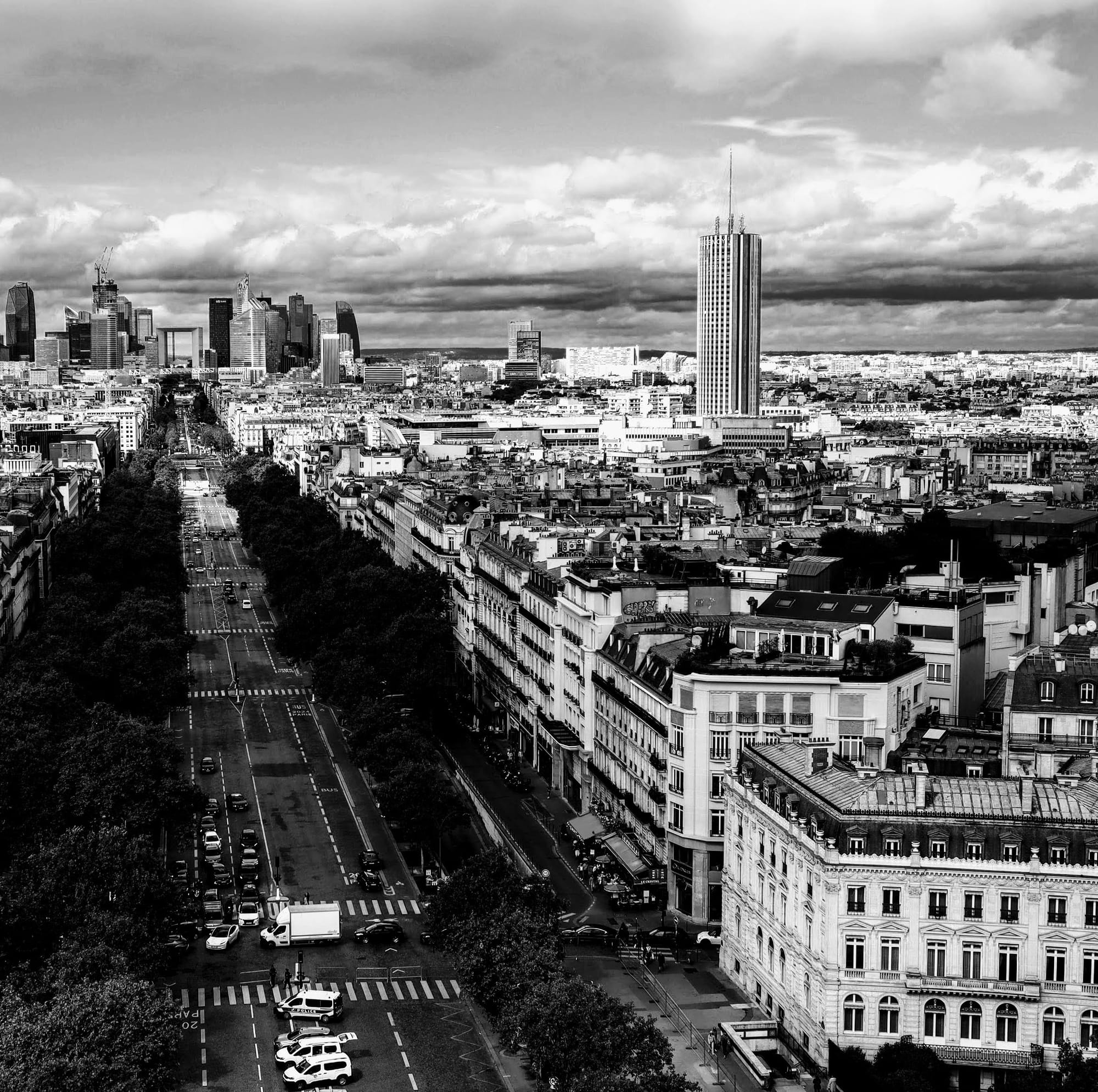
Sample Itinerary
3–4 Days
- Day 1 (Historical Core): Arrive and walk along the Seine. Pass by Notre-Dame (view the facade), then stroll through Île Saint-Louis (for ice cream). Stop at Shakespeare & Co. bookstore. Cross to the Louvre by evening for sunset by the glass Pyramid (free to admire outside).
- Day 2 (Left Bank & Montmartre): Morning at Luxembourg Gardens (free to enter) and Latin Quarter (look for the Panthéon). Join a free walking tour (often start here) to get oriented. Afternoon train (or Metro) up to Montmartre – visit Sacré-Cœur (free entry, enjoy the view) and wander Place du Tertre. End the day in Montmartre Cemetery or at a local bistro.
- Day 3 (Eiffel & Champs-Élysées): Take Metro to Trocadéro early for prime Eiffel views (free). Option: climb the tower (early morning lines are shorter) or skip and picnic on the Champ de Mars. Walk up the Champs-Élysées to the Arc de Triomphe – pay to climb for another view or just admire from below. In the evening, cruise on the Seine for a budget-friendly long view of illuminated monuments (many discount evening cruises available).
- Day 4 (Offbeat & Parks): Visit an offbeat attraction like the Catacombs (buy tickets in advance). Afternoon: explore hidden Paris – relax in the Parc des Buttes-Chaumont or wander Canal Saint-Martin for hip boutiques and coffee. Sample street crepes or pick up picnic fixings. Finish with a sunset stroll across Pont Alexandre III.
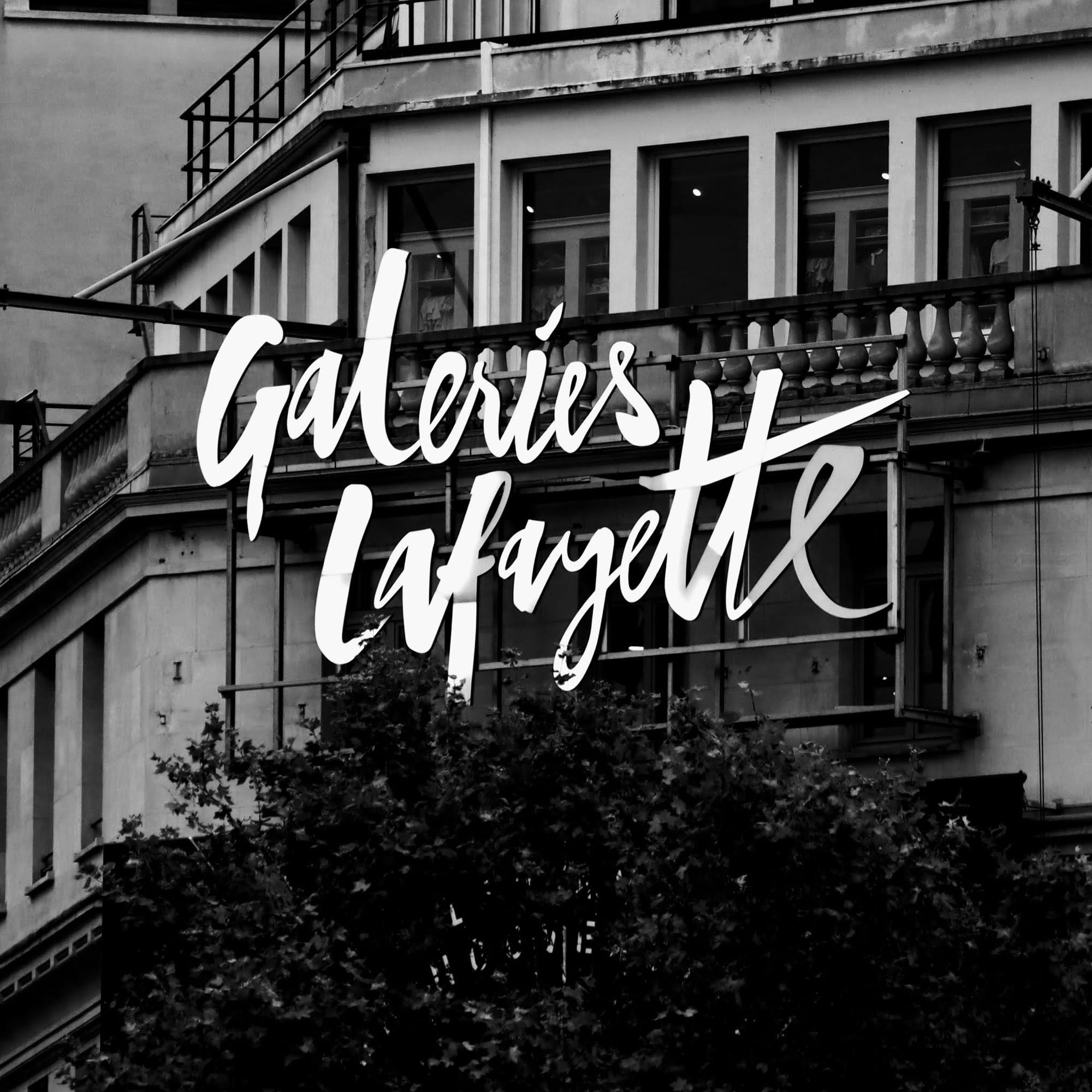
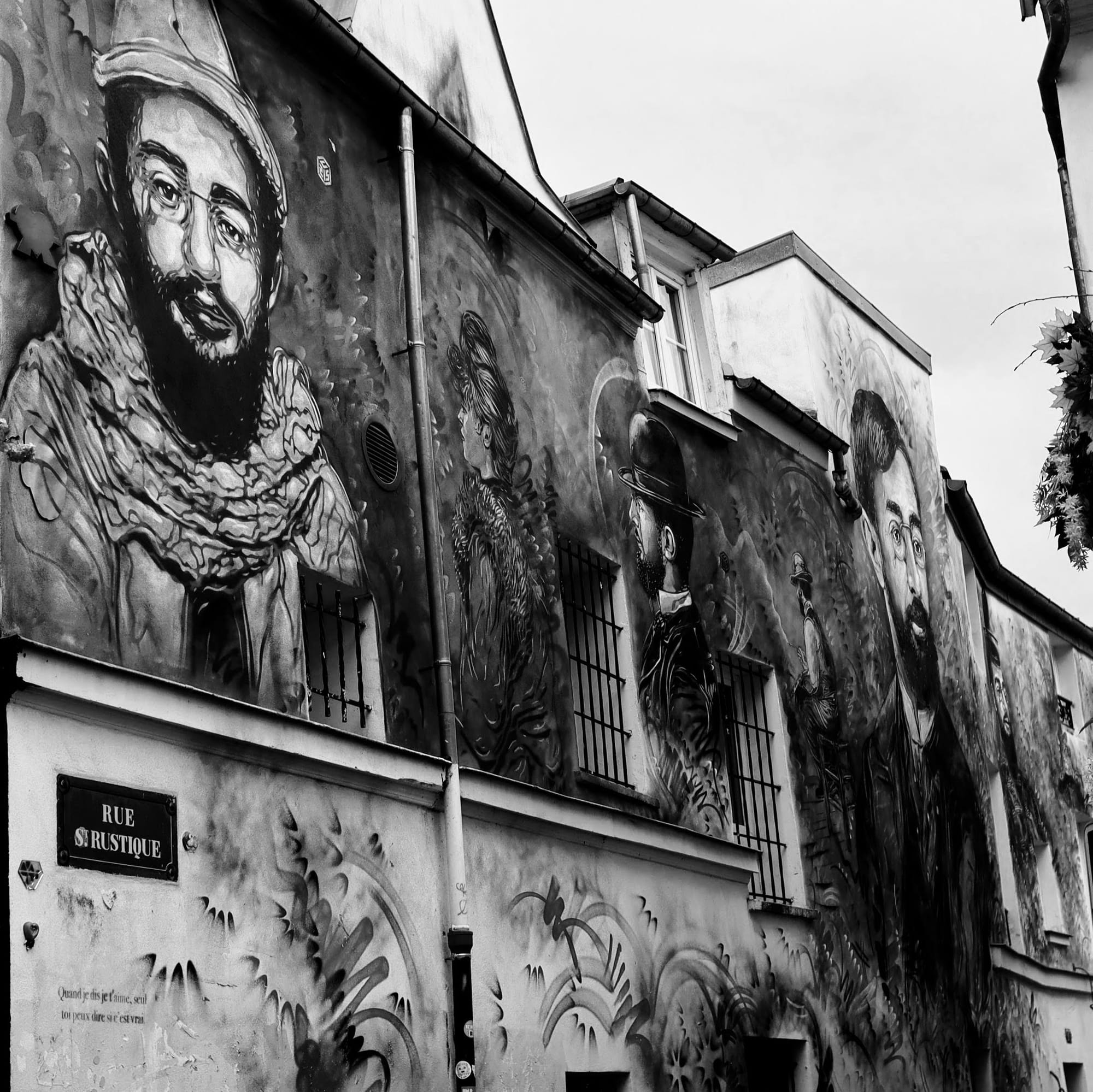
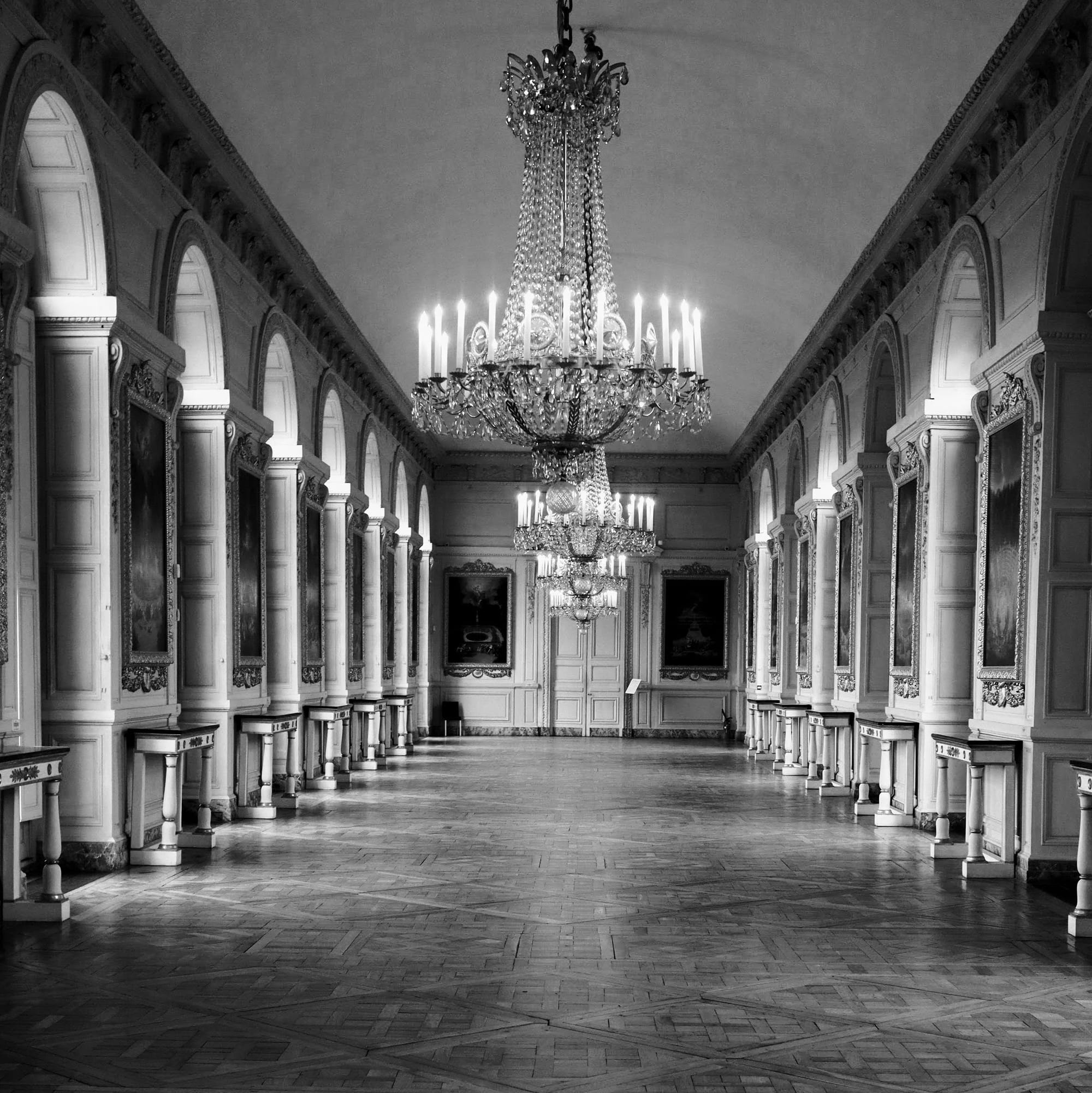
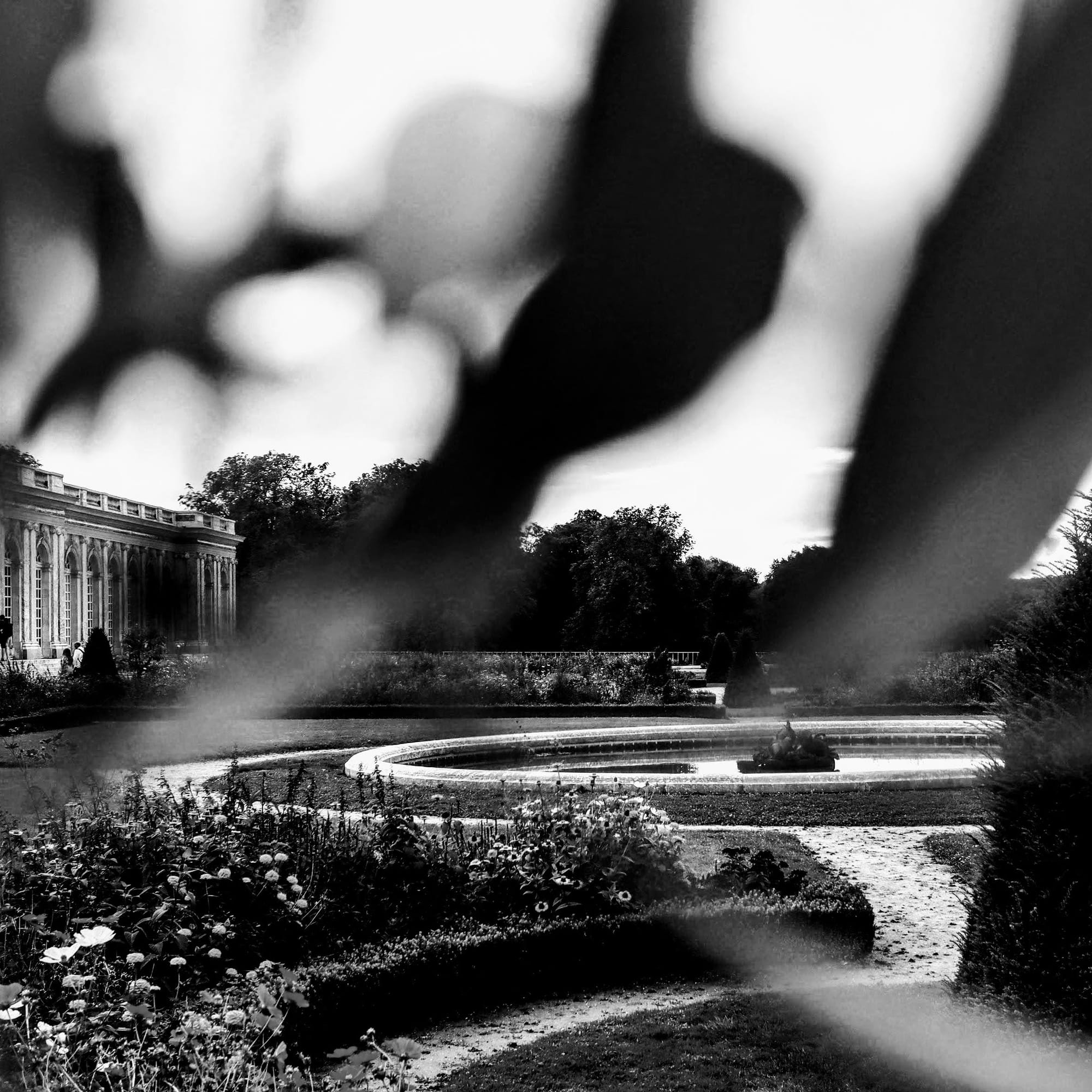
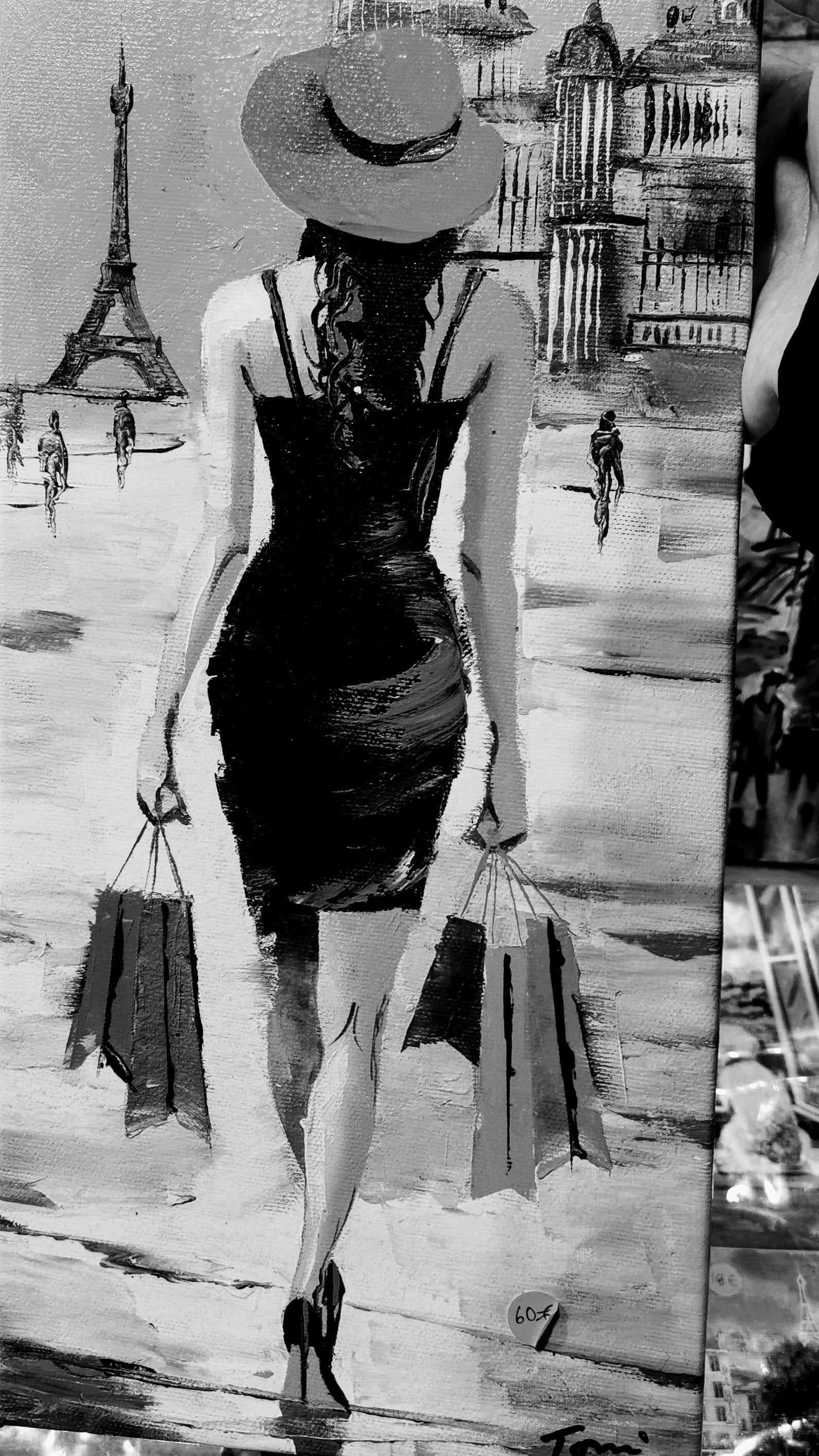
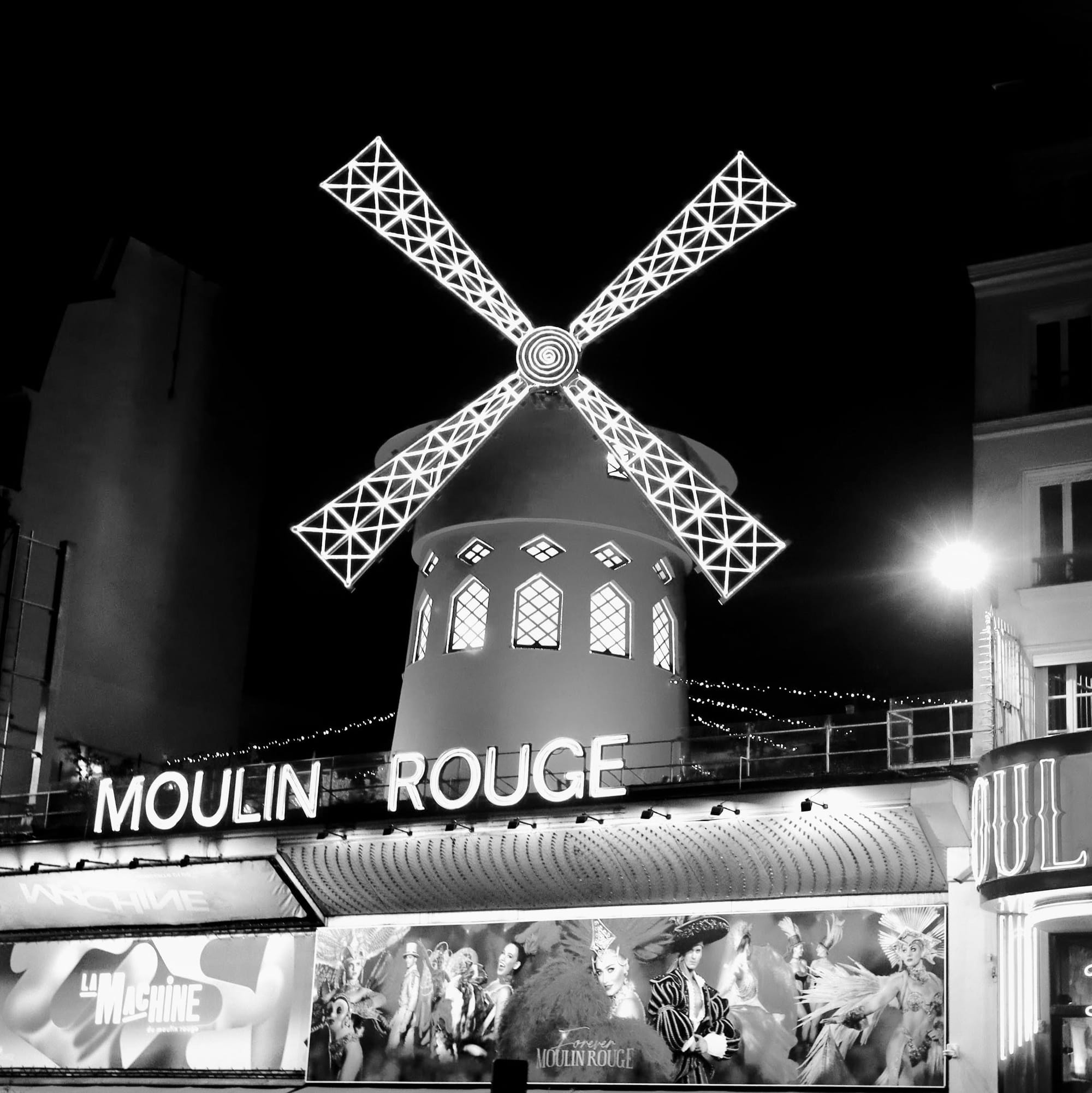
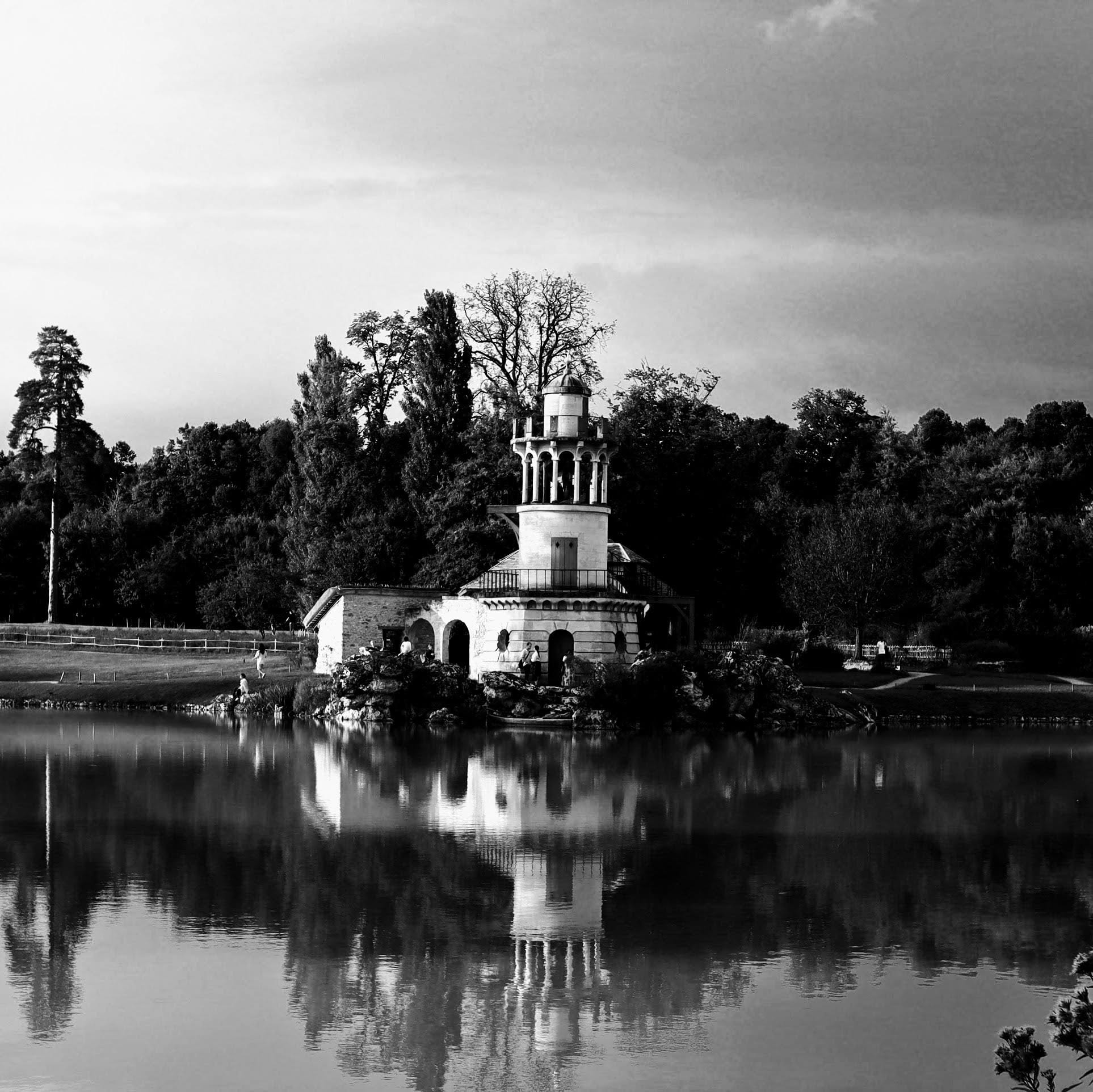
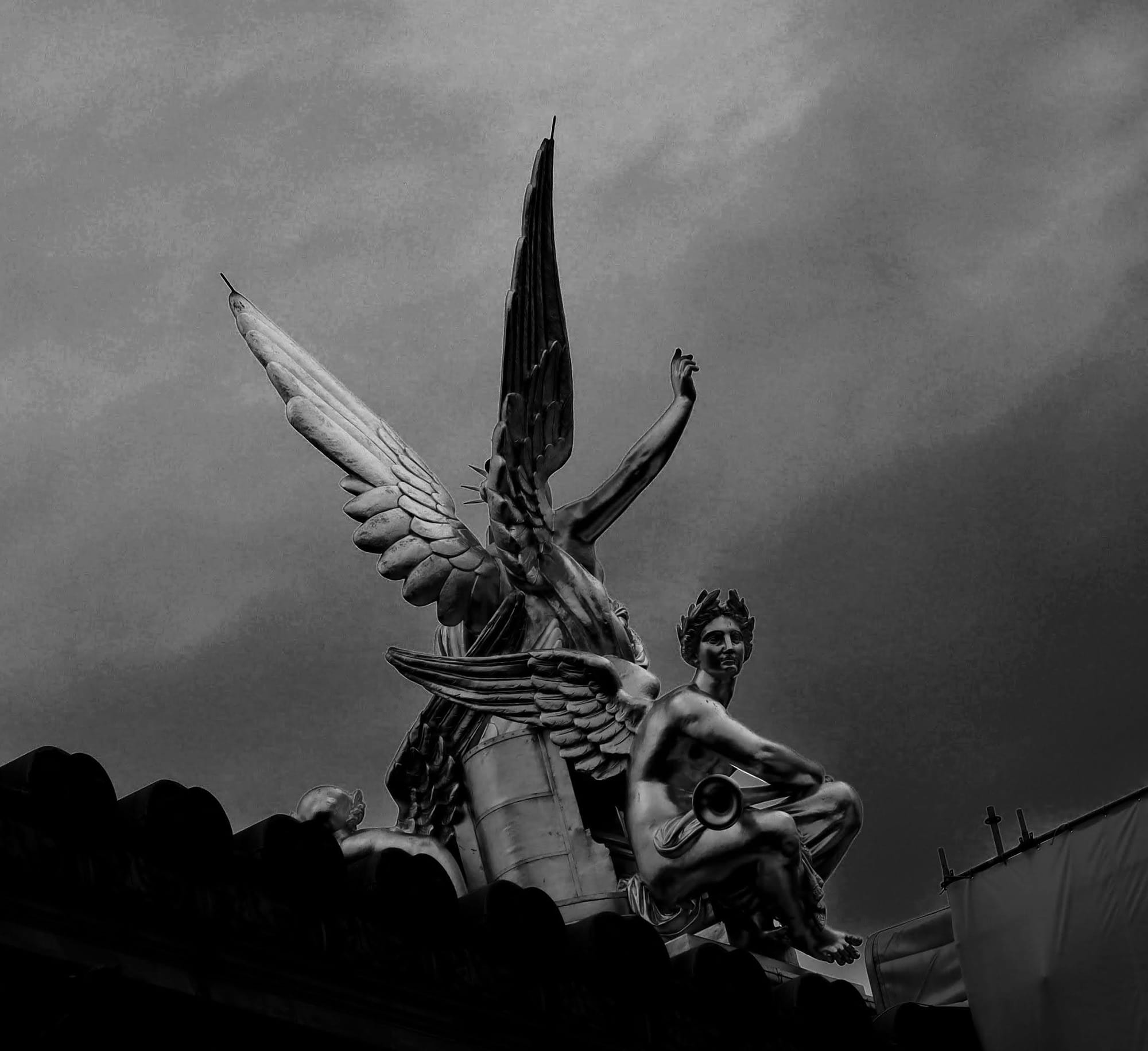
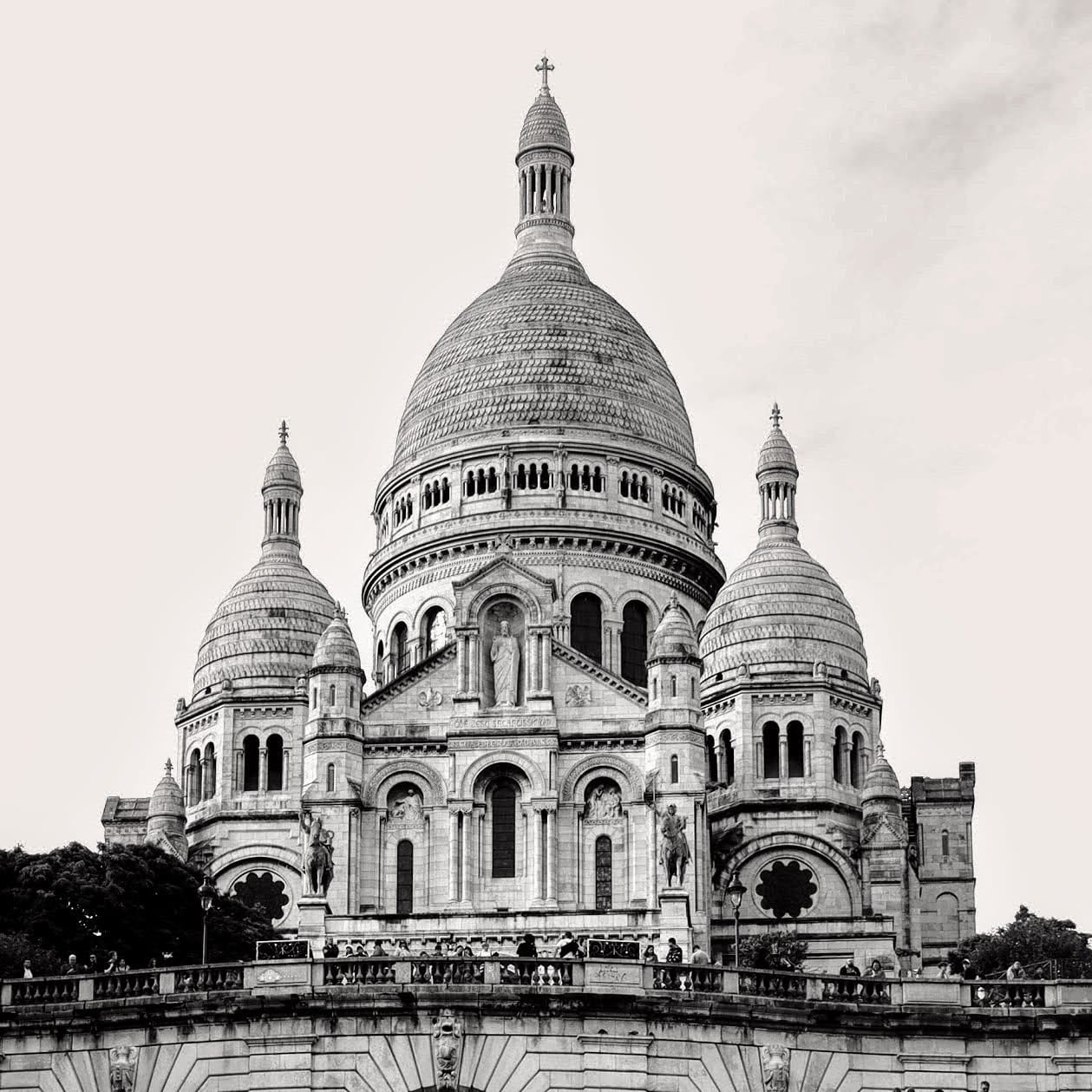
Final Thoughts
Paris rewards both the first-time visitor and the curious repeat traveler. Mixing in hidden gems with the iconic sights makes the trip more personal and budget-friendly. For example, one evening my walking tour guide redirected us from touristy restaurants to a local crêperie where I had a delicious €2 buckwheat galette – a tip that alone saved money and gave an authentic taste of Paris. In short, do as the Parisians do: walk long distances (you’ll see more), ride the Metro with a carnet, picnic in the parks, and chat up a local over a €1 espresso. This approach will make even a short city-break in Paris rich, memorable, and surprisingly affordable.
We'd Love to Hear From You!
Did you find this guide helpful? What’s your favorite Paris memory, or what tips do you have for first-time visitors? Let us know in the comments below! And don’t forget to subscribe to the blog for more in-depth city break guides, travel hacks, and personal stories from around Europe. Bon voyage!
